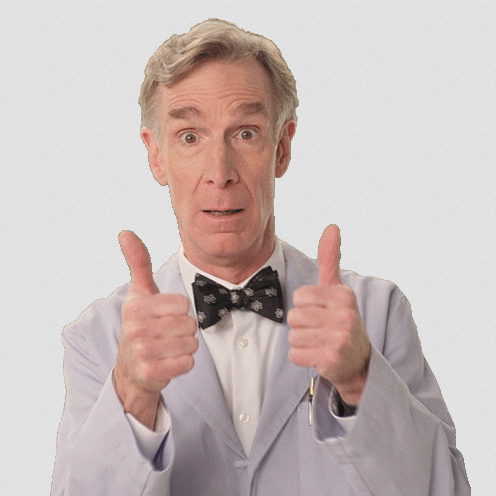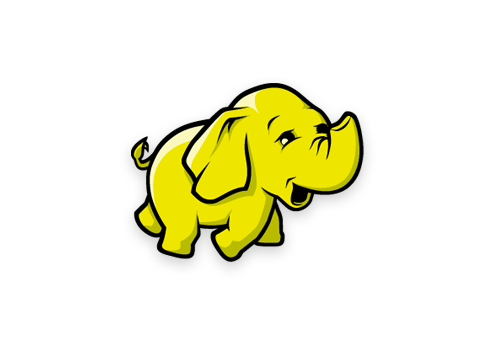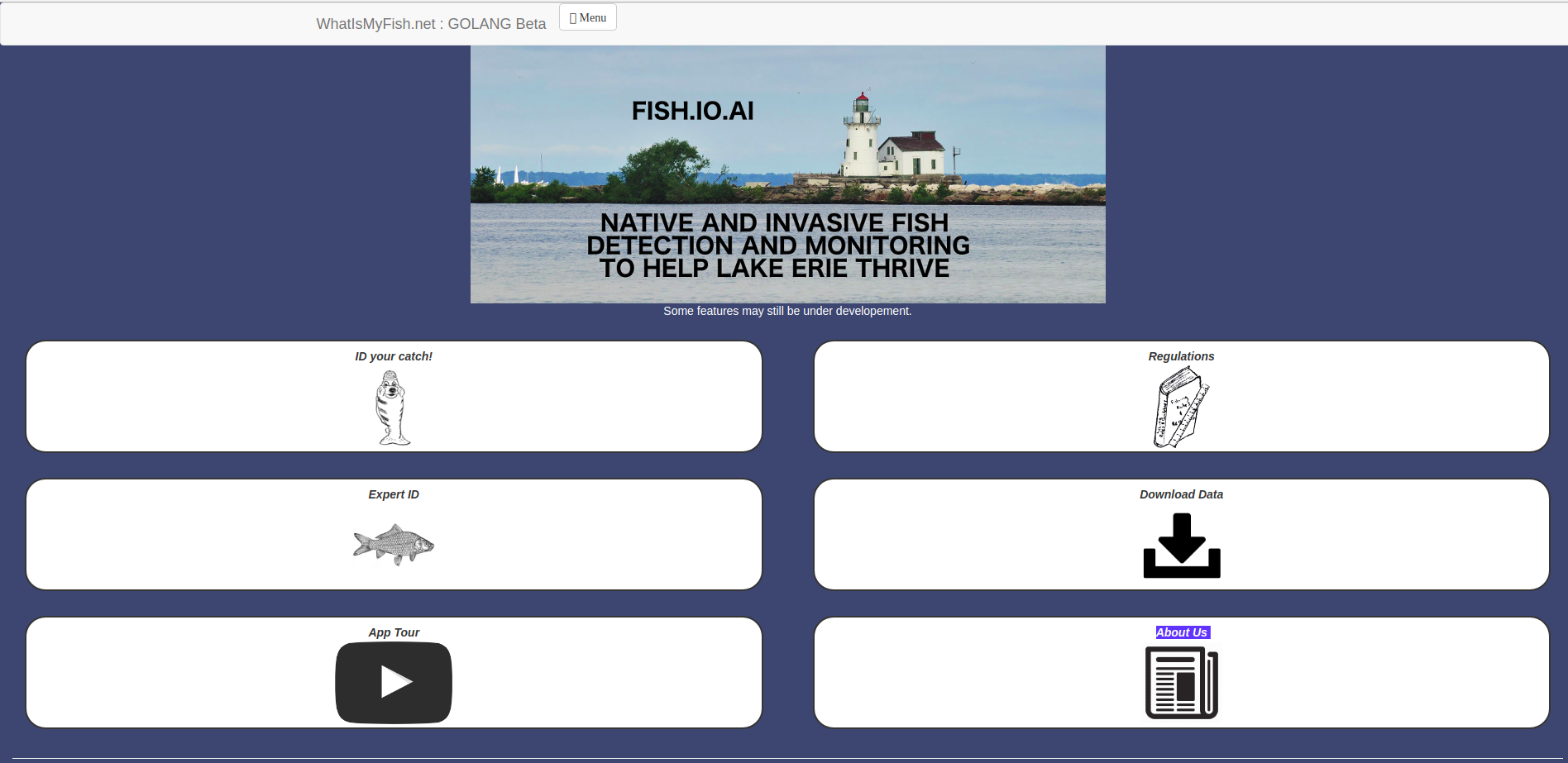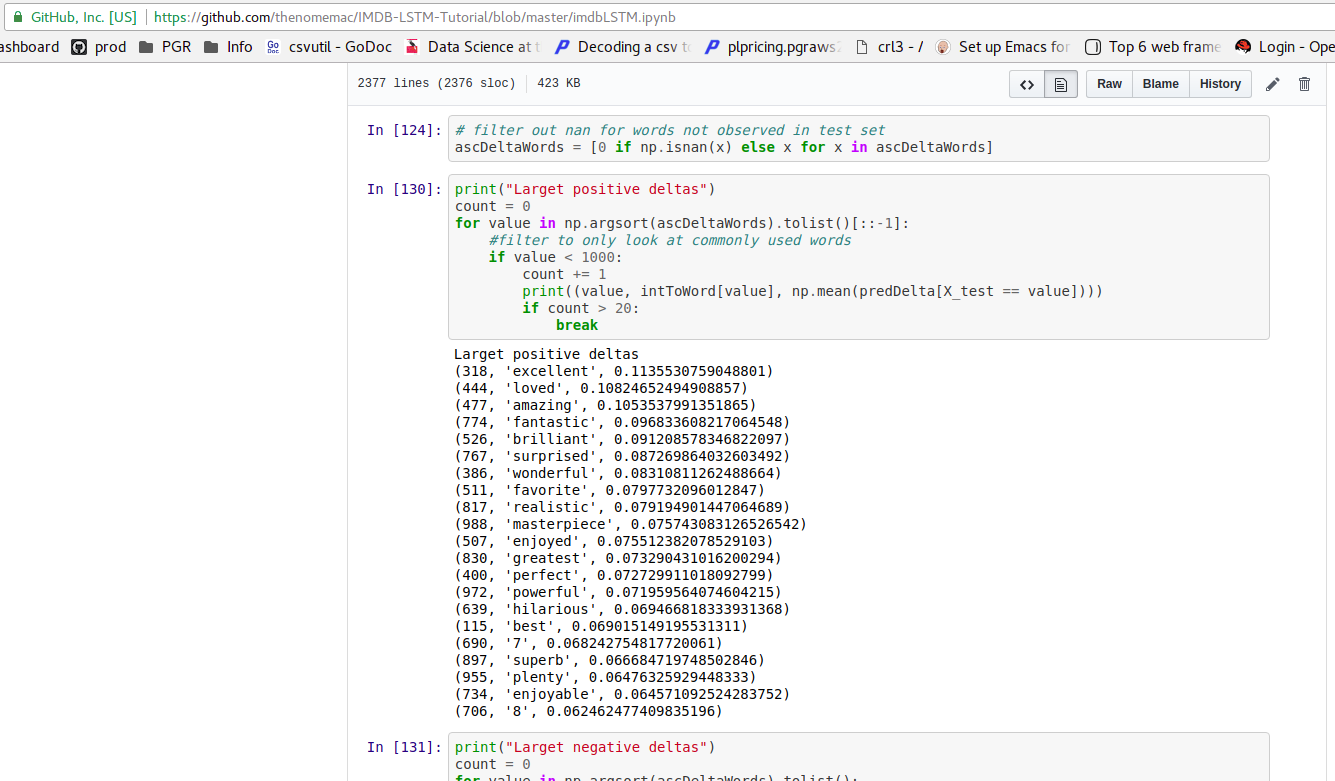My top 3’s on a bunch of different topics. I hope future me isn’t too judgemental.
Top Engineering Podcasts:
Python Bytes Software Engineering Daily Changelog Network Top Linux Podcasts:
Jupiter Broadcasting Network Ubuntu Podcast Late Night Linux Top Data Science Podcasts:
Data Engineering Podcast Data Framed Linear Digressions Top Beers:
Great Lakes Commodore Perry IPA Thirsty Dog 12 Dogs of Christmas Rhinegeist Brewery Truth IPA Top Cleveland East Side Parks:






